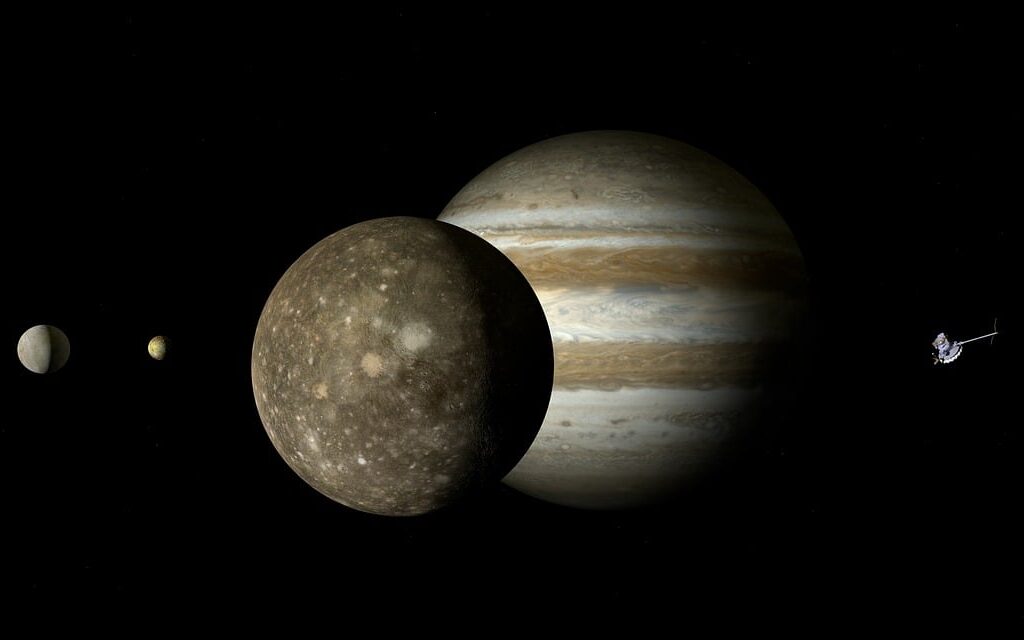
The research is based on a unique series of spectroscopic observations conducted over a period of 16 years.Continue reading

The European Space Agency’s (ESA) JUICE space probe is designed to explore Jupiter and its three icy moons with subsurface oceans – Ganymede, Callisto, and Europa. On board the probe is equipment developed in collaboration with space scientists from the HUN-REN Wigner Centre for Physics, which has been working without failure since the start of the mission, according to the HUN-REN Research Network’s statement.
The JUICE (Jupiter Icy Moons Explorer) program involves more than 2,000 researchers, engineers, and staff from 18 research institutes and 83 companies in 23 countries. From Hungary, the HUN-REN Wigner Research Center for Physics, the HUN-REN Center for Energy Research, and the HUN-REN Research Center for Astronomy and Earth Sciences have contributed to the JUICE mission.
ESA’s JUICE probe was launched in April 2023, from ESA’s Guiana Space Base (France) and is expected to arrive to Jupiter in 2031. The space probe is performing gravity assist maneuvers during its journey: it flew past the Earth and the Moon in 2024, then will pass close to Venus in 2025, then fly past the Earth again in 2026, and 2029. The JUICE probe will finally reach its destination, Jupiter, in 2031.
The spacecraft carries ten scientific instruments, including remote sensing and in situ (on-site) measurements. The HUN-REN Wigner FK researchers have developed the so-called Low Voltage Direct Current Converter (DCC) for the power supply unit of the Particle Environment Package (PEP) system, which will perform in situ measurements. The DCC provides the power supply for the PEP instruments.
“Several copies of DCC’s electrical mock-up had to be made for the developers of the particle detection units.
Space instruments have to meet very stringent requirements and their reliability has to be verified several times, complying with ESA specifications,”
said János Nagy, leading researcher of the project at the HUN-REN Wigner Research Center for Physics.
The researchers point out that the parts for the planned particle detector had to be selected from the European Preferred Part List (PPL), a list of parts qualified for space travel. They also had to take into account that the instruments would have to withstand significant radiation exposure during the journey and in the Jupiter environment, and therefore radiation-resistant components had to be used.
An important criterion was to ensure that the instruments would remain operational despite the vibrations at launch and the extreme thermal and vacuum effects of interplanetary space.
The engineers currently working at the HUN-REN Center for Energy Research have been monitoring the operation of the PEP system and the DCC’s operational parameters since the launch.
Based on telemetry data, the DCC has been operating reliably and without failures for the last two years, with an energy efficiency of 80%.
Space research and its results are important not only for future basic research, but also because solutions to technical challenges have become part of everyday life in many fields. “We can never know in advance which basic research results will become innovations in the future,” the HUN-REN researchers stated.
Via hun-ren.hu, Featured image: Pixabay